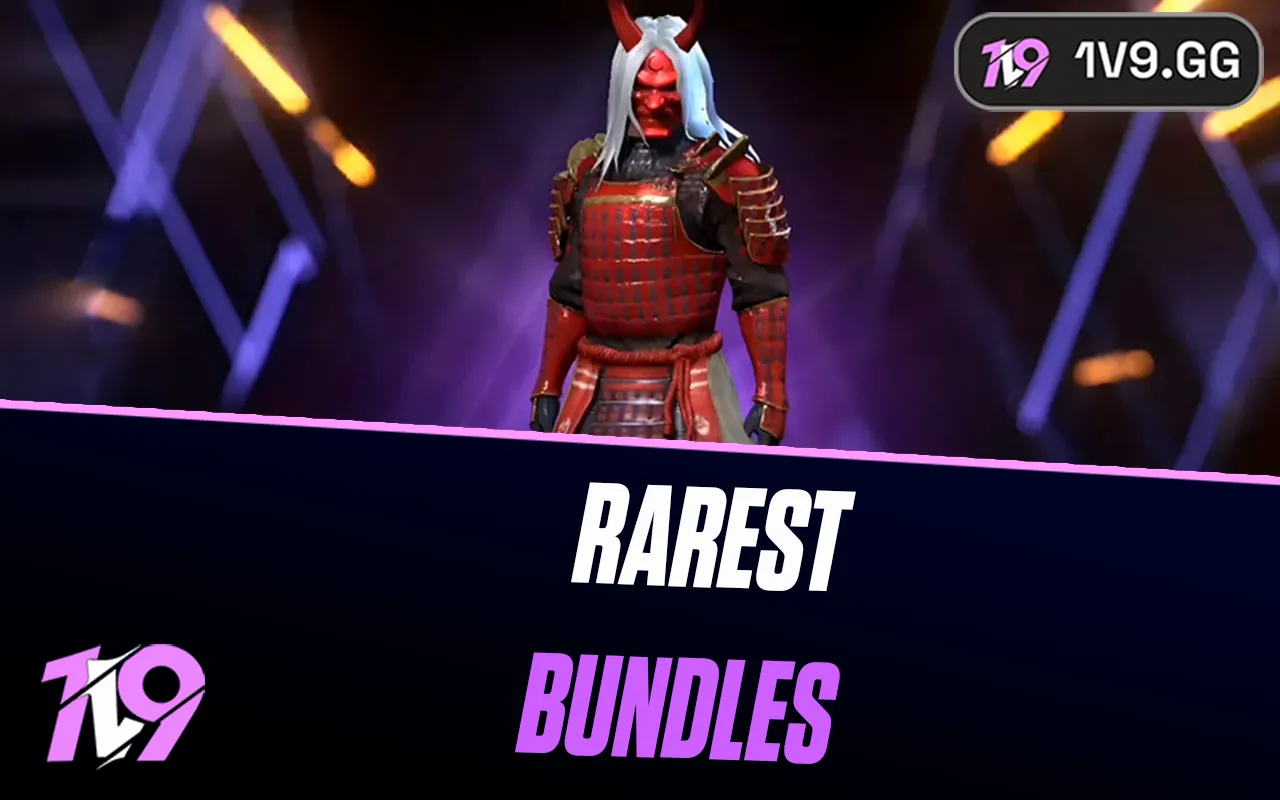
Wuthering Waves Waveplates System Explained
Like many gacha games with multiplayer and progression-based systems, Wuthering Waves features a stamina mechanic called Waveplates. This system works similarly to Resin in Genshin Impact or Trailblaze Power in Honkai: Star Rail, limiting how much high-value content you can farm each day. It’s designed to balance progression and prevent players from racing too far ahead too quickly. In Wuthering Waves, smart Waveplate management is key—especially early on when every material counts. In this guide, we’ll break down how the Waveplate system works, what it’s used for, and how to spend it efficiently to get the most out of your daily grind.
Waveplate Recharge Rate

In Wuthering Waves, Waveplates regenerate at a steady rate of 1 every 6 minutes, totaling 240 Waveplates over a 24-hour period—the exact daily cap. Since there’s no overflow system or way to store excess Waveplates, any unused energy beyond this limit is lost. To make the most of it, it’s smart to log in at least once a day—ideally twice—to spend your Waveplates and keep progression steady. You can also tap the Waveplate icon in the top-right corner of the screen to check exactly when your next point will regenerate and when you’ll hit the cap, helping you stay on top of your resource management.
How to Recharge Waveplates

Aside from the passive recharge over time, players have a couple of ways to instantly restore Waveplates in Wuthering Waves. The main method is using Crystal Solvent, a rare consumable that restores 60 Waveplates instantly. It functions similarly to Fragile Resin in Genshin Impact or Fuel in Honkai: Star Rail. You can use it directly from your Backpack or by tapping the “+” icon next to your Waveplate count, where it’ll appear as an option if you have any. Crystal Solvent is limited in supply and mainly earned through in-game rewards like the Pioneer Podcast or special gift codes—so it’s best saved for important farming sessions or event grinds.
The other method is spending 60 Asterite to recover 60 Waveplates. This option can be used up to six times a day. While it’s convenient, Asterite is the premium currency used to pull characters and weapons, making it highly valuable. Because of this, it’s not a recommended option for free-to-play players unless absolutely necessary. If you’re managing your resources wisely, saving Asterite for banners is usually the better long-term play.
Where to Spend Waveplates

In Wuthering Waves, Waveplates are primarily used to claim rewards from two key activities: Tacet Fields (World Bosses) and Simulation Training. Both systems unlock as you progress through the main story, and they’re essential for leveling up your characters and gear.
Tacet Fields are the main use for Waveplates and require you to physically travel to one of the elemental world bosses scattered across Solaris-3. Each run costs 60 Waveplates, allowing up to four attempts per day without extra refills. These bosses drop materials needed for Character Ascension and Inherent Skill upgrades, which are crucial for progressing your team. Each boss corresponds to a specific element, so it’s smart to focus your Waveplates on farming the boss tied to your main DPS. Some bosses are locked behind quests and must be unlocked before they become farmable. As your SOL3 level increases, these bosses get tougher—but the rewards also scale, dropping more materials. Additionally, certain bosses drop weekly skill materials that are limited to three clears per week, so make sure you don’t miss those resets.
Simulation Training, on the other hand, is a quicker and more accessible way to farm essential upgrade items. Located in Jinzhou and marked on the map for easy Fast Travel, Simulation Training offers three different runs: Resonance Potions (character EXP), Energy Cores (weapon EXP), and Shell Credits (currency). Each run costs 40 Waveplates, meaning you can complete up to six of these daily. It’s an efficient way to stock up on basic resources, especially if you’re in a leveling phase or need more credits.
One major difference from other gacha games like Genshin or Honkai is that Wuthering Waves doesn’t tie Waveplates to the Echo system—its version of artifacts or relics. Instead, Echoes are acquired passively through exploration and battles, with better drops becoming available as your Data Bank fills. That said, certain Tacet Field cleanups do include Echo rewards, giving players the option to farm them with Waveplates if they prefer a more direct method.
All in all, managing where and how you spend your Waveplates is key to efficient progression—prioritize what your team needs most and plan your dailies around it.
Conclusion
The Waveplates system in Wuthering Waves plays a major role in how you progress and strengthen your team. Whether you’re farming world bosses in Tacet Fields for ascension materials or running Simulation Training for EXP and currency, knowing how to manage your Waveplates can make a big difference over time. With a limited daily cap and few recharge options, it’s important to spend them wisely—especially early on when every resource counts. By planning your usage around your team’s needs and prioritizing the right activities, you’ll set yourself up for faster, more efficient progression throughout Solaris-3.
Posted On: April 6th, 2025
Recent Articles
💬 Need help?
Our 1v9 support team is available 24/7 to help you with any questions or issues you may have.
support@1v9.gg
Loading...
1v9.gg is not endorsed or affiliated by any game developers or publishers.
2025 1v9, All Rights Reserved, Created By NightDev







